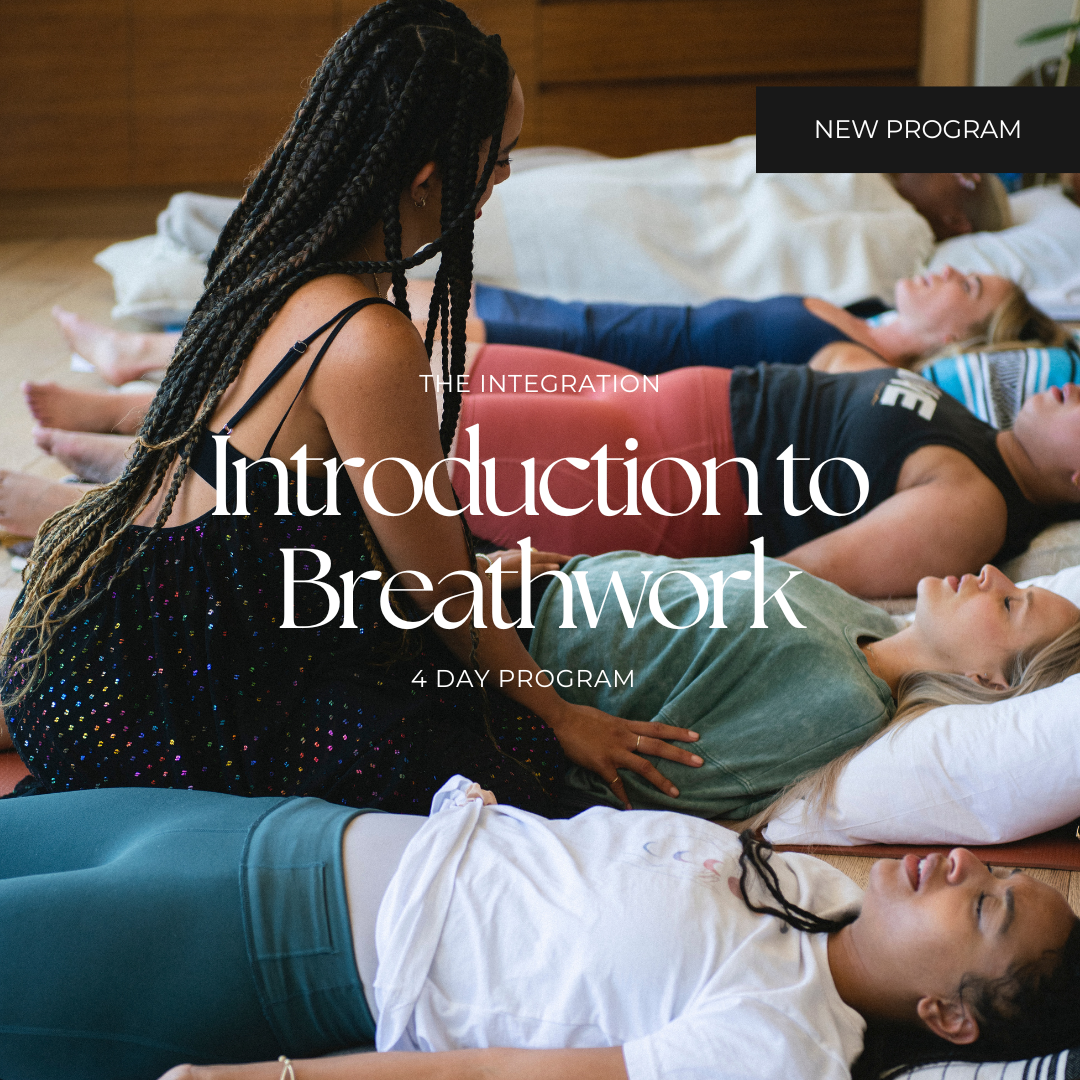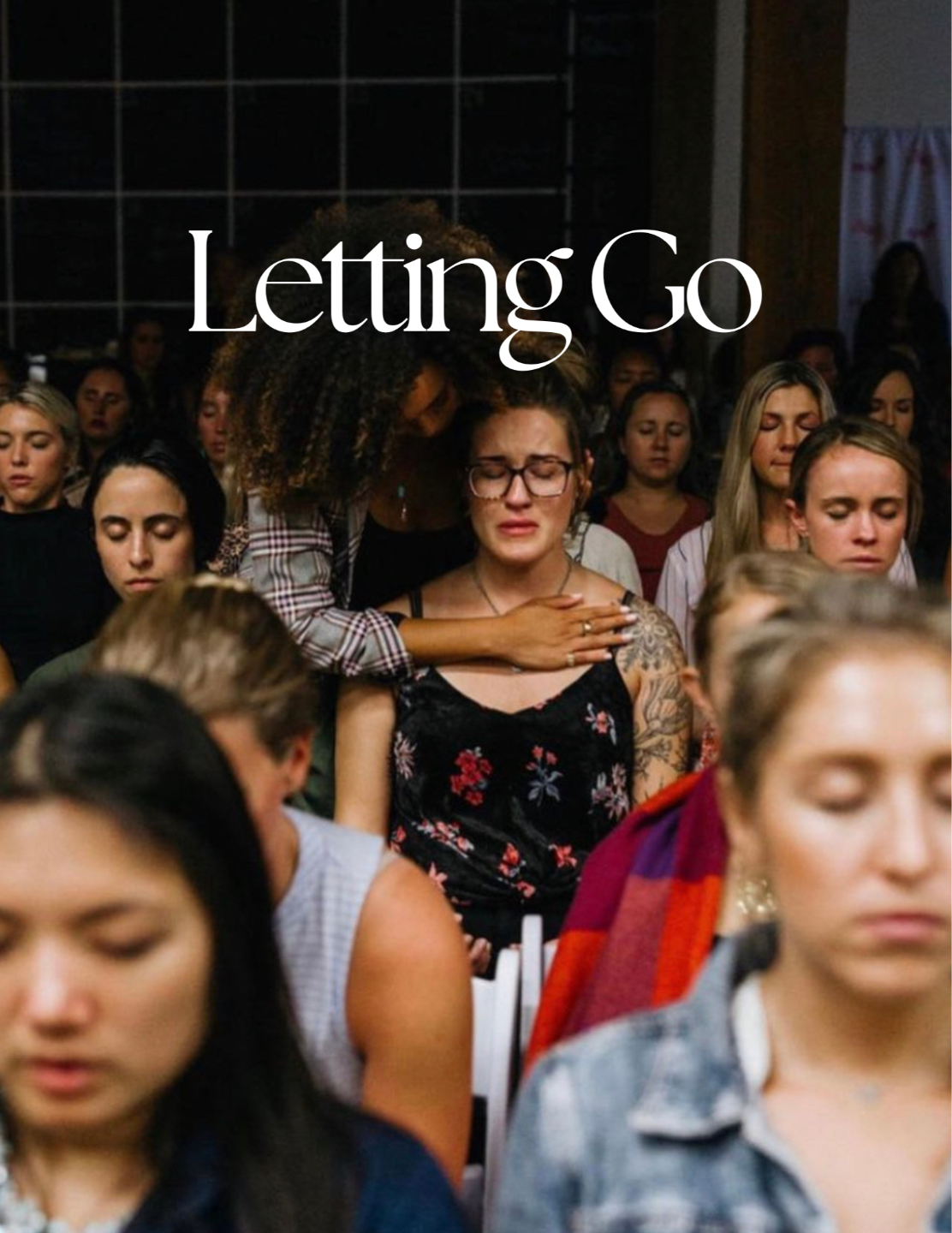Your Gateway to Deep Personal Transformation
The Integration is your space for deep transformation, offering powerful breathwork, somatic practices, and community support to help you stay consistent and connected to your truest Self.
What journey do you want to start?
Choose a guided journey to stay consistent and connected.
What's calling you today?
Choose a theme and dive into whatever feels right
What's your practice today?
Choose an approach that calls to you















